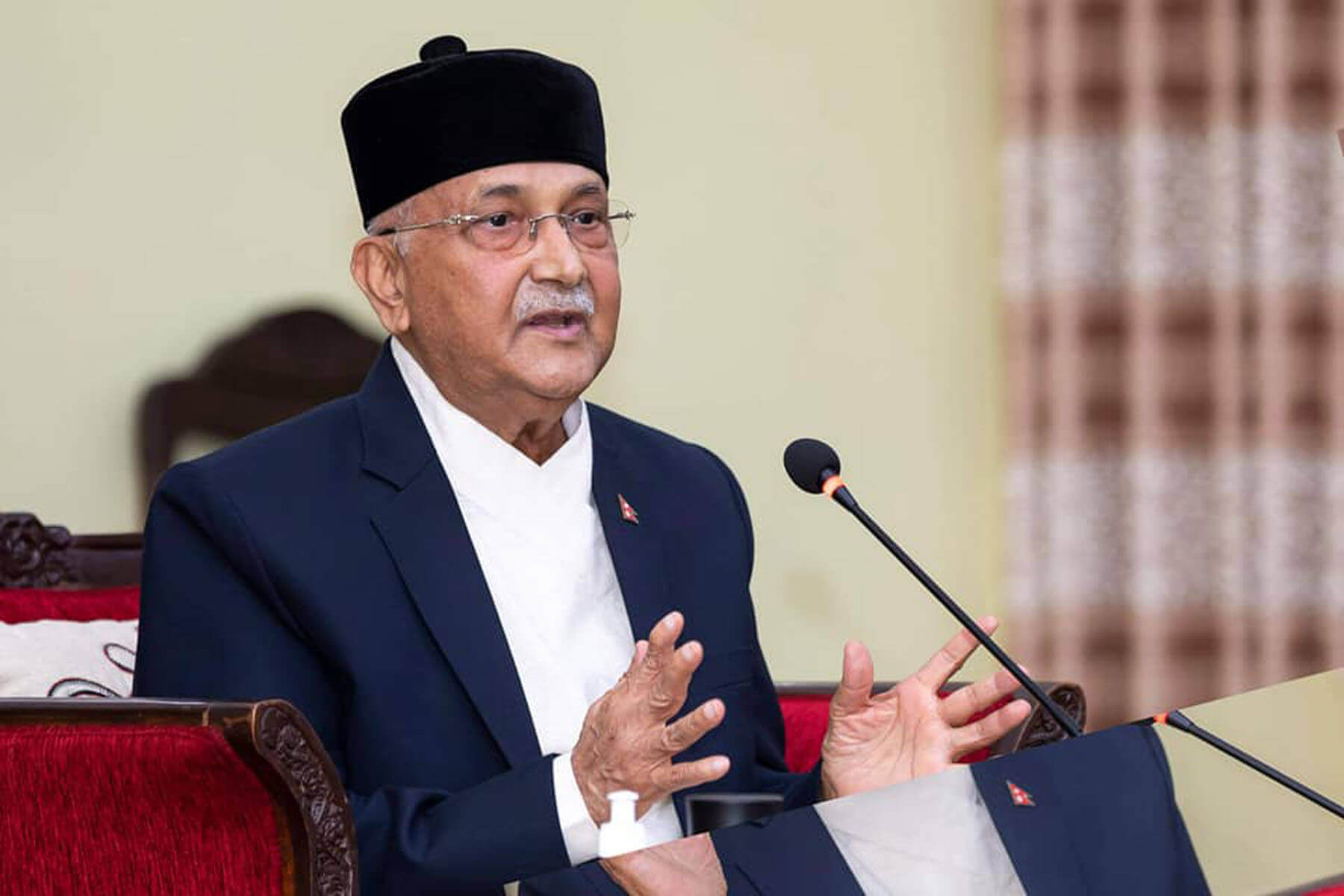On Monday, at an event organised at the Prime Minister’s (PM) residence, Nepal PM KP Oli claimed that the “real” Ayodhya, which is the birthplace of Hindu deity Lord Ram, was actually in Thori in Southern Nepal, and not in India. He alleged that Nepal “has become a victim of cultural encroachment, and its history has been manipulated”. He also blamed India for wrongfully claiming the “Indian site as the birthplace of Lord Ram”.
This statement is predicted to attract strong opposition from the ruling party in India, who has for years advocated the significance of “Ayodhya” in India. In fact, BJP National Spokesperson, Bizay Sonkar Shastri, immediately responded to the statement and said, “Lord Ram is a matter faith for us, and people will not allow anybody, be it prime minister of Nepal or anyone, to play with this.” He also said that this claim by the “communists in Nepal” would be dismissed by the masses, the same way similar attempts by “Left parties” were rejected in India.
Oli’s claim was criticised by Kamal Thapa, the co-Chairperson of the Rastriya Prajatantra Party, Nepal’s Hindu Nationalist Party, too. He believed that it was inappropriate for the PM to make such “baseless” and “unproven” claims. On Monday, he tweeted, “It looks like the PM wants to further spoil Nepal-India relations rather than working to resolve tensions.”
The India-Nepal dispute has been going on for some time now and was solidified when the Nepali Parliament put forth a redrawn map that depicted Lipulekh, Kalapani and Limpiyadhur as Nepali territory. This was allegedly in response to India’s inauguration of a road that connects the Lipulekh Pass and Dharchula. Oli’s recent anti-India stance has also led to destabilisation within his political party, with growing calls for his resignation. However, following the mounting criticisms of Oli’s position, Nepal has taken down two out of six of the border posts that were set up following this redrawing of the map. This was confirmed by Anil Kumar Shukla, who is the sub-divisional magistrate of Dharchula. He said, “We noticed it during a brief meeting with Nepalese authorities a few days ago at the check post. When we inquired about it, they said it was done on the order of higher authorities.” Reports suggest that Nepal intends to take down three more such posts.
Also Read: Amidst Growing Calls for Nepali PM Oli’s Resignation, Chinese Ambassador Intervenes
However, India and Nepal’s dispute continues to spur on several issues. For instance, on Monday, Nepal’s Home Minister, Ram Bahadur Thapa, claimed that India’s construction along the India-Nepal border has “blocked the flow of water” and caused flooding in adjoining areas in Nepal. He added, “It is interference rather than a political move of India against Nepal.” He also said that the diplomatic negotiations on the issue were not working. He claimed, “Agreements over it were signed at the time of Indian Prime Minister’s visit to Nepal but all of them are yet to be implemented.”
India-Nepal Border Dispute Coverage:
- Indian Army Chief Addresses Simmering Tensions with Nepal, China, and Pakistan
- Nepal Cabinet Approves New Map Showing Land Disputed With India as Nepali Territory
- The Lipulekh Pass Dispute: What Does India Have to Lose From Souring Relations With Nepal?
- Nepal PM Promises to Reclaim Contested Land “At Any Cost”
- Amidst Growing Tensions With Nepal, Rajnath Singh Pushes for Diplomatic Conversation
- India Downplays Death of Citizen Along Nepal Border, Says Unrelated to Border Dispute
Image Source: The Himalayan Times

